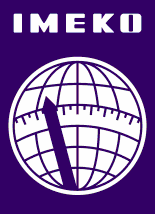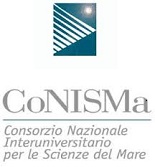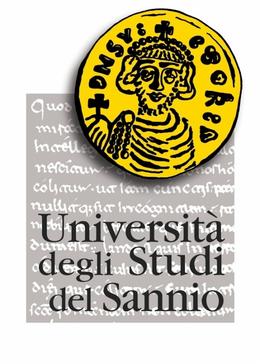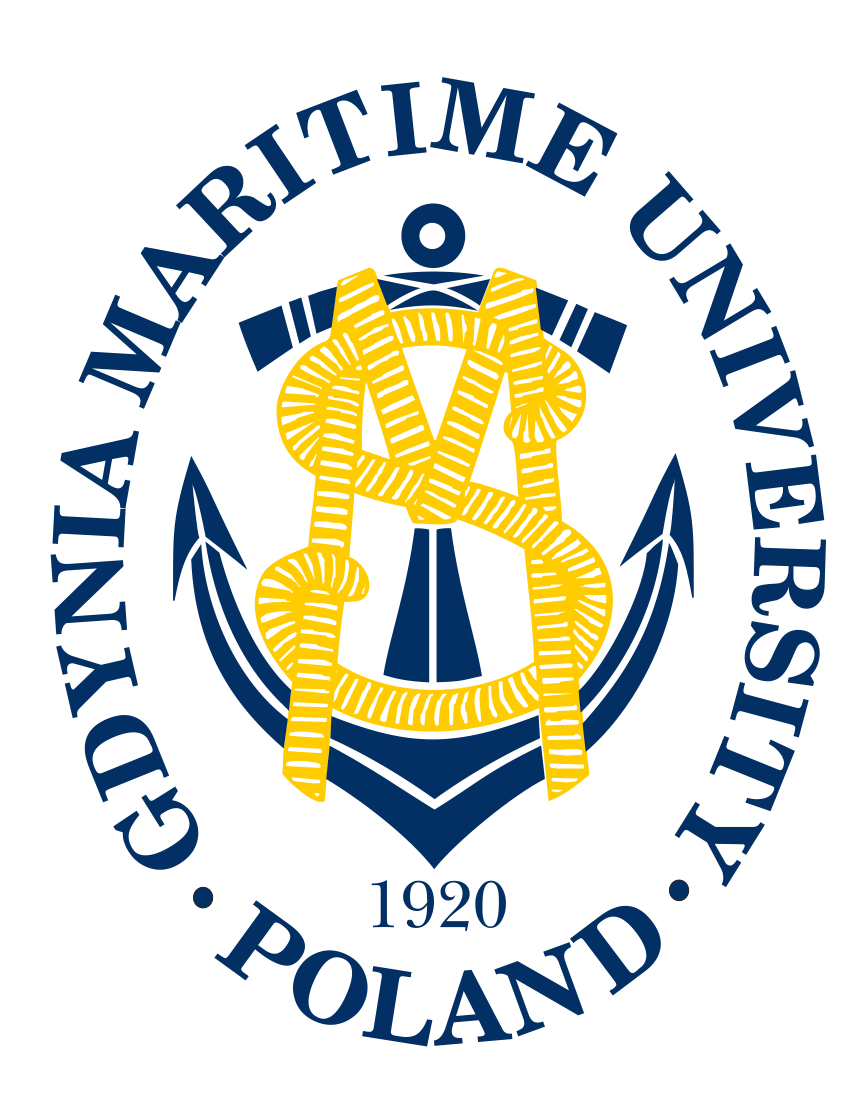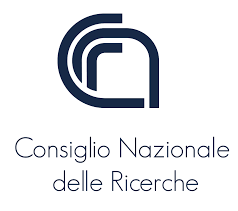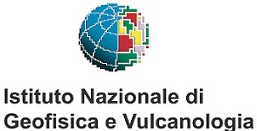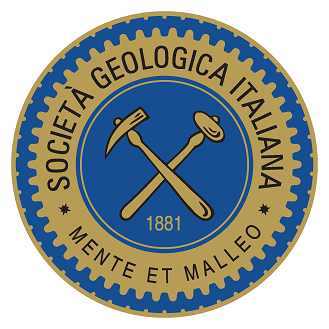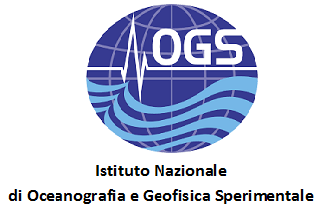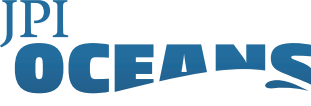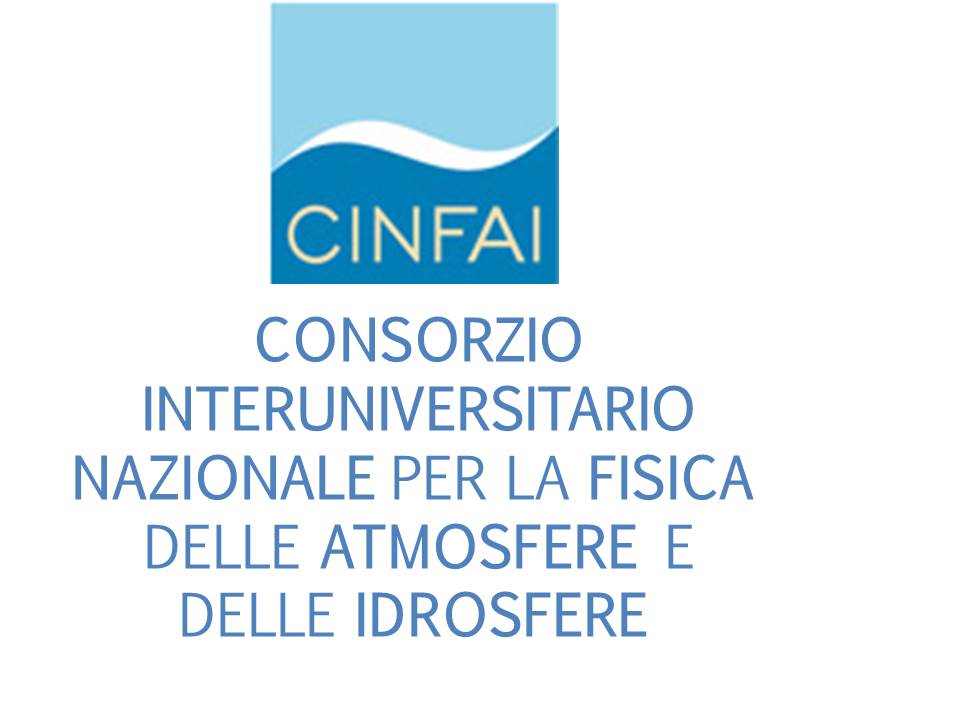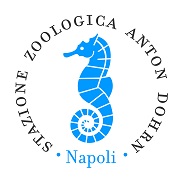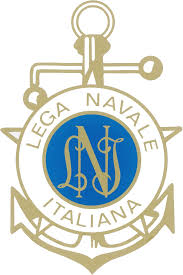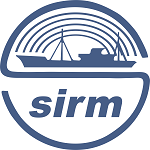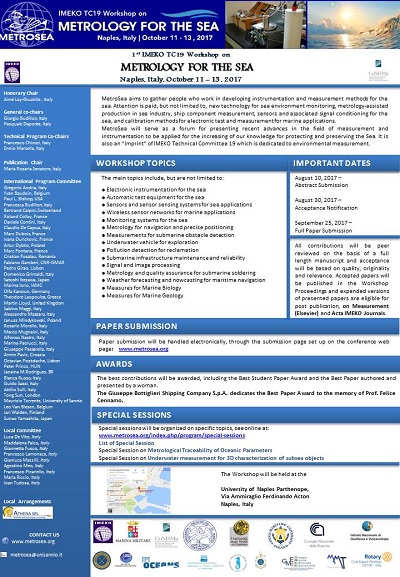INVITED SPEAKERS

Michele Scardi (Napoli, 11/1/1956) is associate professor of Ecology at the Tor Vergata University (Rome, Italy). He authored about 150 scientific papers and is a member of the Editorial Board of Freshwater Biology (Wiley), Ecological Informatics (Elsevier) and Scientific Reports (Nature Publishing Group). Moreover, he has also been a guest editor for Ecological Modelling (Elsevier).
ABSTRACT
The Marine Strategy Framework Directive (MSFD), adopted on 17 June 2008 by the European Union, aims at protectingas effectively as possible the marine environment across European Seas. Its main goal is to achieve a Good Environmental Status (GES) in the EU's marine waters by 2020, thus protecting not only the marine environment, but also the resources upon which economic and societal development depend. From the latter viewpoint, MSFDcan also be regarded as the environmental pillar supporting the long term strategy to achieve sustainable growth in the marine and maritime sectors known as Blue Growth.
While explicit regulatory statements set the main focus of the MSFD on the protection of marine biodiversity and indigenous species, other goals will be pursued as well, including the integrity of sea floor, the reduction of contaminants, marine litter and underwater noise, and the improvement of fishery and eutrophication management.These goals are formally stated for each one of the 11 so-called Descriptors as definitions of GES and each one will be achieved by reaching a set of environmental targets, which were independently defined by each EU Member States after an initial assessment of the environmental status of national marine waters and the environmental impact and socio-economic analysis of human activities.
In order to reach the environmental targets, Programmes of Measures have been defined by each Member State, mainly based on actions aimed at reducing known impacts on marine ecosystems, while Monitoring Programmes have been established for the ongoing assessment of the environmental status relative to all the Descriptors.MSFD activities follow an adaptive management approach. In fact, they are cyclical and all assessments, environmental targets, measures and GES definitions will be revised every 6 years, with the first cycle ending in 2018.
Monitoring activities have been carried out in Italy since late 2015, mainly by Regional Environmental Protection Agencies in coastal waters and by the Italian National Research Council (CNR) and a consortium of 34 Italian Universities (CoNISMa) in offshore and deep waters. They involve not only sampling of marine organisms, but also a wide range of instrumental measurements, operated from a very diverse set of platforms, from ships to satellites.As MSFD monitoring programmeswill be carried out on a routine basis, the need for simpler, cheaper, more accurate measurements is crucial, as well as the need for instrumental measurements that could replace or assist procedures based on the collection of samples at sea to be preserved and subjected to lab analyses later on.
Therefore, the implementation of the MSFD provides clear opportunities for the development of new technologies. This opportunity is not only limited to the EU countries, as many similar programmes are carried elsewhere in the world. Focusing on the Mediterranean only, the Convention for Protection of the Mediterranean Sea against Pollution (Barcelona Convention), which is part of the United Nations Environment Programme (UNEP) Regional Seas Programme, sets environmental goals and monitoring procedures that are very closely related to MSFD for all the Mediterranean Countries. While its actions have not been started so far, they testify that measuring marine ecosystems is not only a European goal.
Pierre-Marie Poulain, Istituto Nazionale di Oceanografia e di Geofisica Sperimentale - OGS, Italy

As with most of the geophysical sciences, progress in ocean research has been driven strongly by the ability to make new observations, either located in new places or new types of measurements that permit natural processes to be understood in different ways. As our knowledge of the oceans has improved, observational oceanography has evolved to include process studies where both location and observational strategies are chosen carefully to gain insight into the physics, chemistry, or biology of one particular active process. Simultaneously, it was discovered that the oceans are highly dynamic environments. If these processes are to be understood, if new insights are to be gained, if models are to be validated satisfactorily, then observations are needed over the time scales appropriate to the dynamics of these processes. However, these time scales range from seconds to decades, leading to a need for sustained long-term observations. Historically, oceanographers made great discoveries by travelling with research vessels to new ocean areas. Today, important discoveries mostly result from the collection of long time-series of ocean data.
In parallel with the above-mentioned intellectual evolution, the technology that is needed to make the required oceanographic measurements has evolved at a rapid rate and several ocean parameters can now be measured automatically for long time periods using infrastructures of autonomous systems. Focusing only on in-situ observations, these systems include seafloor cabled networks, moored buoys, tide gauges, surface drifters, profiling floats and gliders. They complement, and are integrated with, other ocean observations made during ship-based hydrographic surveys, obtained from voluntary observing ships or collected in coastal and open-ocean marine stations. Despite the rapid technical development of sensors, the ocean environment remains a vast, remote, and harsh, and the cost involved in its observation are high. Hence, there is a need to avoid duplication of efforts, across observing platforms and networks, and to adopt common standards for data collection and dissemination to maximize the utility of data. The evolution of the ocean observing systems with rapidly evolving new capabilities in sensors, platforms, and telecommunications will allow observations at unprecedented temporal and spatial scales with the accuracy and precision required to address important questions related to climate change, ocean health and operational ocean services.

